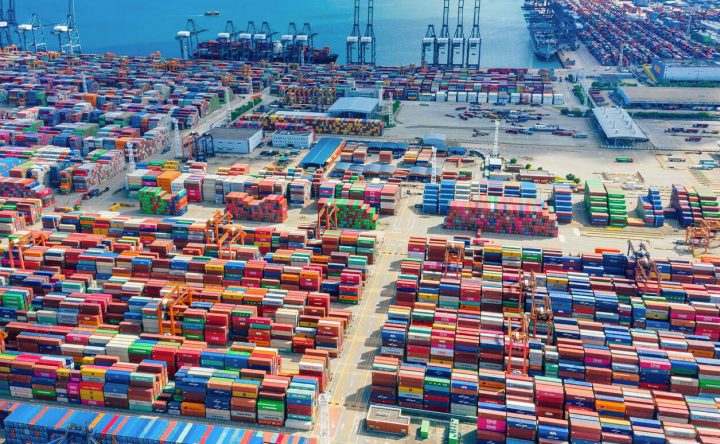Compilation: Wood Markets Monthly articles by Robert Fouquet, FEA Partner and expert on new wood product technologies
Spotlights
Overview of South American Countries in the Southern Cone
COMPILATION: Wood Markets Monthly articles by Ernesto Wagner, FEA Partner and South America expert
A Glimpse into 2023 Forest Products Demand After Two Volatile Years
A huge number of homes slated for construction in the US this year are still waiting to be built or completed as a chronic labor shortage, tight supplies, and steep inflation wallop homebuilders’ confidence. This comes on the heels of the industry’s rockstar performance in 2021 following a surge in pandemic-induced homebuilding demand that took the industry by surprise.
CME to Launch Truckload-Size Lumber Futures in August
CME Group Inc. plans to replace its lumber futures contract with a smaller version that will be deliverable to Chicago rather than Western Canada, following two volatile years that lifted prices to record highs. This new truckload-size contract will be a quarter the volume of the current lumber futures, and is designed to attract more buyers and sellers to the market. The new physically delivered futures and accompanying options contracts are set to launch Aug. 8, pending regulatory approval from Commodity Futures Trading Commission.
Potential Impacts of Russia-Ukraine Conflict on Softwood Log and Lumber Markets
Sanctions on Russia, including the ban on using the SWIFT money transfer system, will severely limit its ability to participate in international trade, but the impacts to its softwood log and lumber trade are likely to be less affected than other industries.
Over half of Russia’s softwood lumber trade and three-quarters of its softwood log trade is with China (graphs below). China has not imposed sanctions on Russia and has payment systems independent from the SWIFT system. Only ocean shipments from St. Petersburg, which account for around 25% of China’s total volume from Russia, are traded with letters of credit based in US dollars. Some contracts have already been changed to Chinese RMB payments, however trade from Northwest Russia is likely to suffer some in the coming months.
Profiles in Employment: US Primary Wood Products Manufacturing Sector
Over the 15 months—since North America’s economies hit their pandemic-induced bottoms—much discussion in the wood products industry has centred on access to employees. Producers of solid wood products were particularly challenged to meet the demand from builders and DIYers, resulting in record-high prices for finished goods. Of course, 2020 was not just the year of the pandemic: It also saw a record number of hurricanes in the South, record fires in the West, and social unrest nationwide. What a year!
Profiles in Employment: US Logging Sector
Over the past year—a large portion of which was impacted by the coronavirus—much discussion in the wood products industry has centred on access to employees. While many wood products prices soared to new highs amid solid housing starts and strong residential improvement spending, producers were challenged to meet demand from builders and DIYers. During this period of high demand and high prices for finished goods, timber prices and production levels were largely unaffected. Of course, 2020 was not just the year of the pandemic: it also saw an unprecedented number of hurricanes in the South, record fires in the West, and social unrest nationwide. What a year!
Higher Lumber Prices are not a Threat to the US Housing Recovery
Here we go again. Lumber prices have hit a cyclical high and the financial press has generated a raft of […]
After hitting record levels, production disruptions from Hurricane Laura are likely to drive lumber prices even higher
Lumber and panel prices have rocketed higher in the third quarter of 2020, driven by a combination of supply- and demand-side factors. Mills made dramatic reductions to production schedules in the second quarter in anticipation of sharply lower demand as states instituted shelter-in-place orders and unemployment surged.
Embrace the Inevitable: Wood-Based Construction Set to Move Offsite
IS YOUR ORGANIZATION READY FOR THE COMING BUILDING REVOLUTION?
The American building community of developers, architects, engineers, contractors and building construction firms are currently facing a multitude of challenges that require urgent attention. The scale and scope of these challenges will force change at a revolutionary rather than an evolutionary pace. Marginal improvements and refinements aren’t going to cut it any longer, since many of the current challenges facing the sector will almost certainly continue to get worse rather than improve. Moreover, although this article mainly focuses on the domestic front, these challenges are by no means confined to the United States. In fact, many of them are more pressing abroad, in both advanced and emerging economies.
Are you ready for the revolution?










